1.What is a downlight?
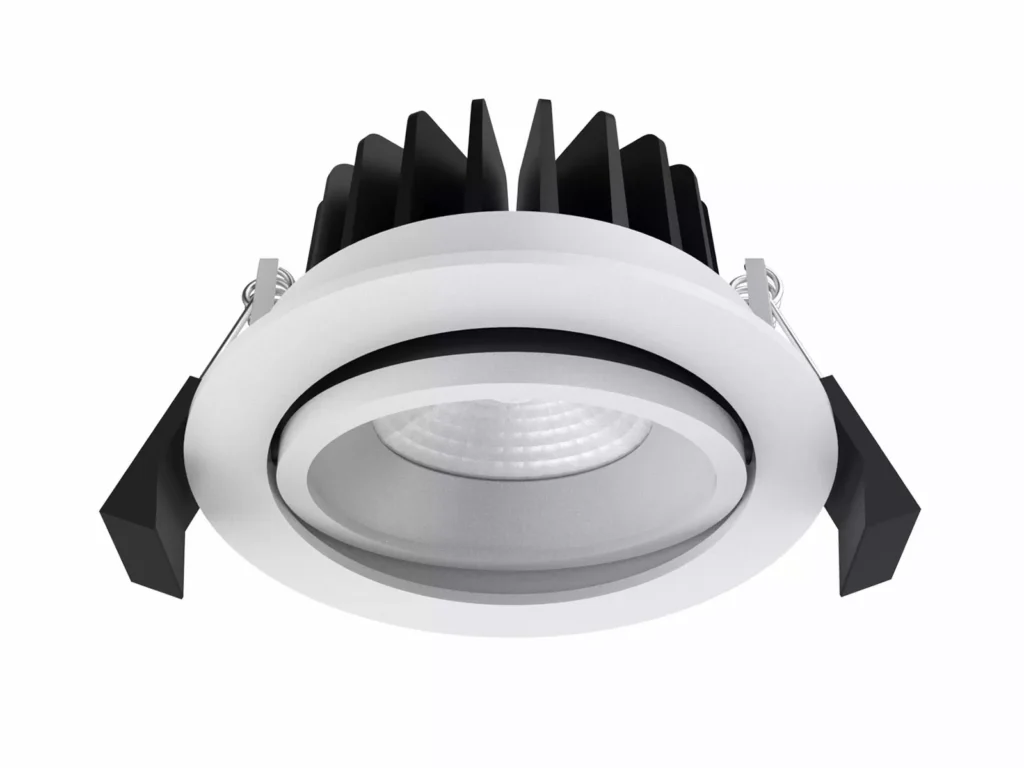
Downlights are composed of light sources, electrical components, lamp cups, etc.
choosing downlight with traditional light sources generally have a screw cap, which can be installed with energy-saving lamps, incandescent lamps and other light sources. Nowadays, LED downlights are generally used.
The light source is LED, and it also includes driving power supply, diffusion plate, etc.
There are various types of downlights that are embedded in the ceiling, called concealed type, and there are also various types of downlights such as surface-mounted type.
For more information, please refer to What is a downlight?
2.What are the benefits of LED downlights?
LED downlight means that choosing downlight source of the downlight is LED. Nowadays, the mainstream light source of downlights basically uses LED.
There are different classifications of LED light sources. Common ones include DIP LED, which is also called plug-in LED, or straw hat LED. SMD type [Surface Mounted Devices] originally refers to a form of packaging. It is used in the LED industry to specifically refer to SMD lamp beads. High power LED refers to high-power LED, and COB refers to centralized packaged LED, etc. The earliest LED downlights used straw LEDs, but they are basically no longer used now. 1W or 3W high-power LEDs are increasingly used alone for downlights.
Most of the LEDs used now are SMD type and COB type. SMD emits uniform light, has long life, relatively simple process and high cost performance. COB has good color difference and good heat dissipation. Both LED light sources have their own advantages. Relatively speaking, the cost of COB is higher.
In addition to the advantages of general LED lamps, such as energy saving, environmental protection, long life, etc.,
choosing downlight source downlights also have the characteristics of larger beam angle and more uniform light compared with spotlights, and can be used for foundations without main lights. Illumination can also be used for small area lighting or fill light. For specific differences with spotlights, please refer to What are the differences between downlights and spotlights?
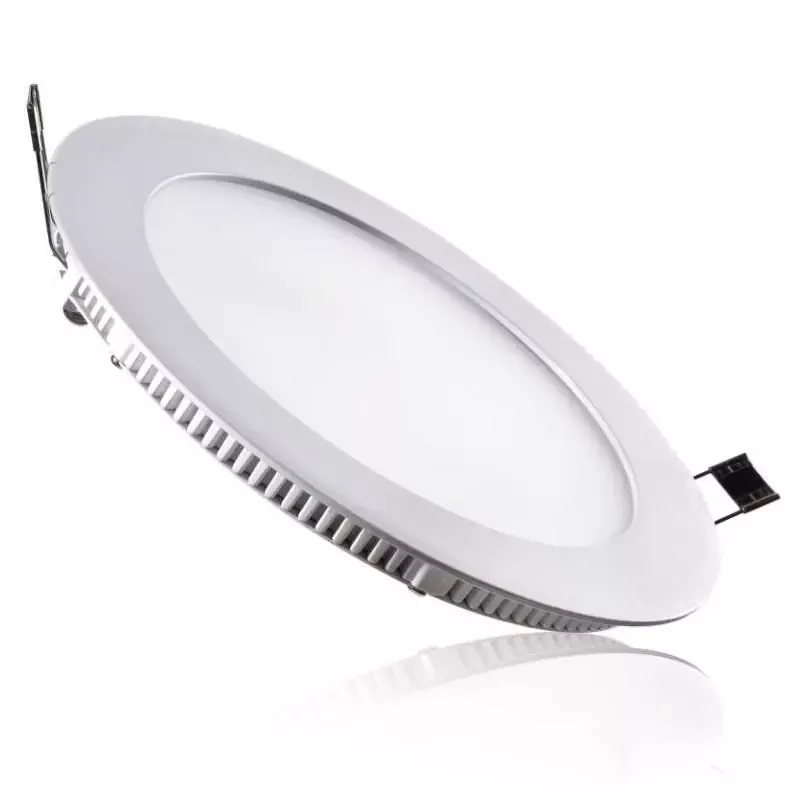
In main lighting, downlights play the role of auxiliary lighting. For example, installing downlights on a sofa can help you turn on the downlights and see more clearly when you are reading a book or newspaper on the sofa.
Mainless lighting will use a lot of downlights, which not only meet basic lighting needs, but also make the light more layered.
In places like the kitchen, kitchen downlights are not exposed, take up little space, and have soft light. When the main lights such as ceiling lights and panel lights are insufficient, downlights can be used as auxiliary lighting. The general illumination requirement of the kitchen is only about 100lx. , but the light on the working surface such as the vegetable sink needs about 200lx to 300lx. At this time, adding downlights can make the light clearer and brighter.
3.How to choose downlights
How to buy downlights and the choice of downlights: you can look at the following aspects
First, when choosing downlights, first look at style and appearance.
Generally speaking, the workmanship is insufficient, for example, whether the shell material is aluminum. Of course, there are materials that have better heat dissipation than aluminum, but they are usually expensive and not conventional products.
The second one depends on the workmanship of the drive.
Because the driver is inside, it is generally not visible from the outside, so we can only see it through relevant parameters, such as warranty time, power factor, efficiency of the driver, etc. Good quality products will generally write this parameter or provide Product warranty period.
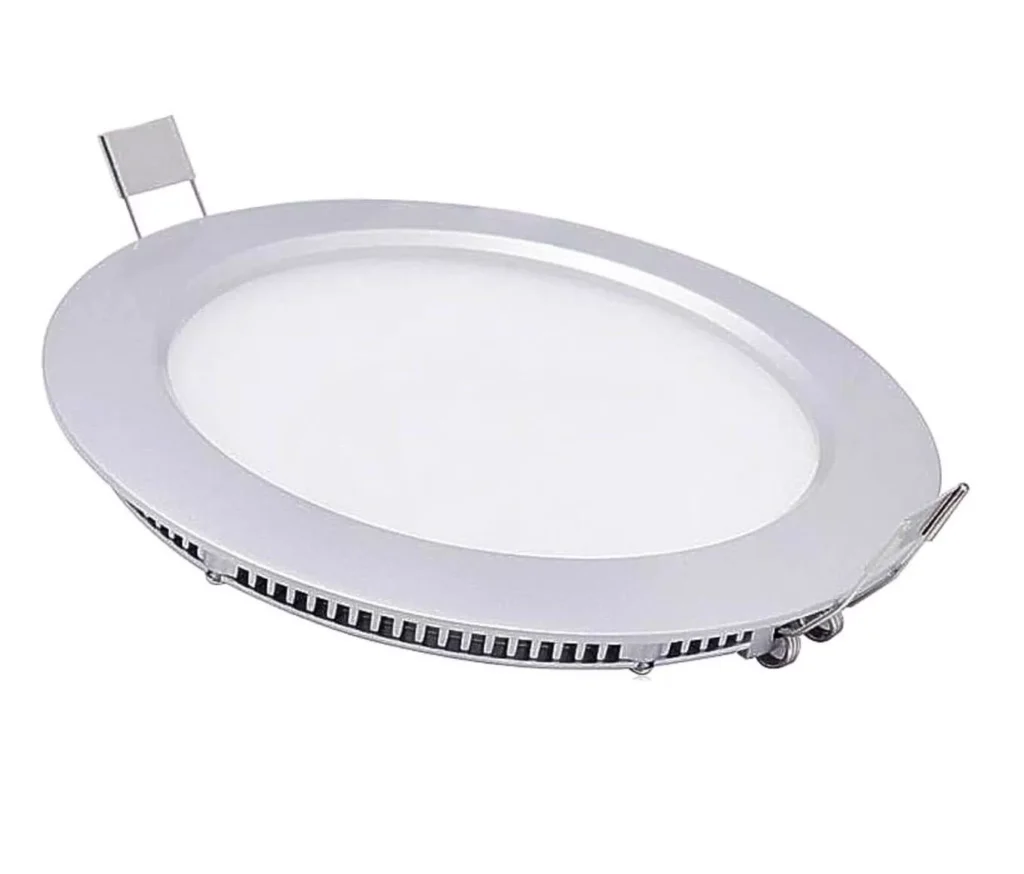
The third one looks at the lamp beads
Since the lamp beads are also inside, the quality cannot be see-n.
However, we can know the quality of the lamp beads from the presence or absence of glare, the softness of the light, and the warranty time. If the optical distribution of the lamp beads is unreasonable, glare will be cause-d. If the lamp bead has a long warranty, it means that the heat dissipation is OK. Only if the heat dissipation is good, the service life of the lamp bead can be guarante-ed.
Purchasing well-known brands can save you some trouble in shopping. It does not mean that products that are not branded products are not good. As long as they are products from regular manufacturers and have relevant certifications, you can choose good products by paying attention to the screening yourself.
Note: Embedded downlights need to be installed on the ceiling. In this case, the floor height still has certain requirements. Especially after the suspended ceiling is completed, if the net height is less than 2.6m, you need to carefully consider whether to install downlights.
Illuminance: It is generally recommended that the overall illumination requirement for the living room is around 30-100 lux. For areas near the desktop and sofa where you may need to read books and newspapers, the illumination requirement is generally around 150-300 lux.
If there is main lighting, you can use it to add downlights to areas that require key lighting, such as tables and sofas instead of directly above them; you can also use the traditional approach of arranging downlights around the return-shaped ceiling, but Pay attention to the distance from the wall. If you are closer to the wall, you can use a downlight with a narrower beam angle.
The farther away from the wall, you can use a downlight with a wider beam angle. This will be described later. If there is no main lighting, the calculation based on illumination is relatively complicated, and factors such as spacing and reflectivity of wall materials must be considered,
but choosing downlight can be us-ed. First multiply the area by the illumination requirement parameters,
and then divide by the luminous flux of a single downlight, you can roughly calculate the number of downlights required. Then make settings according to the relevant design.
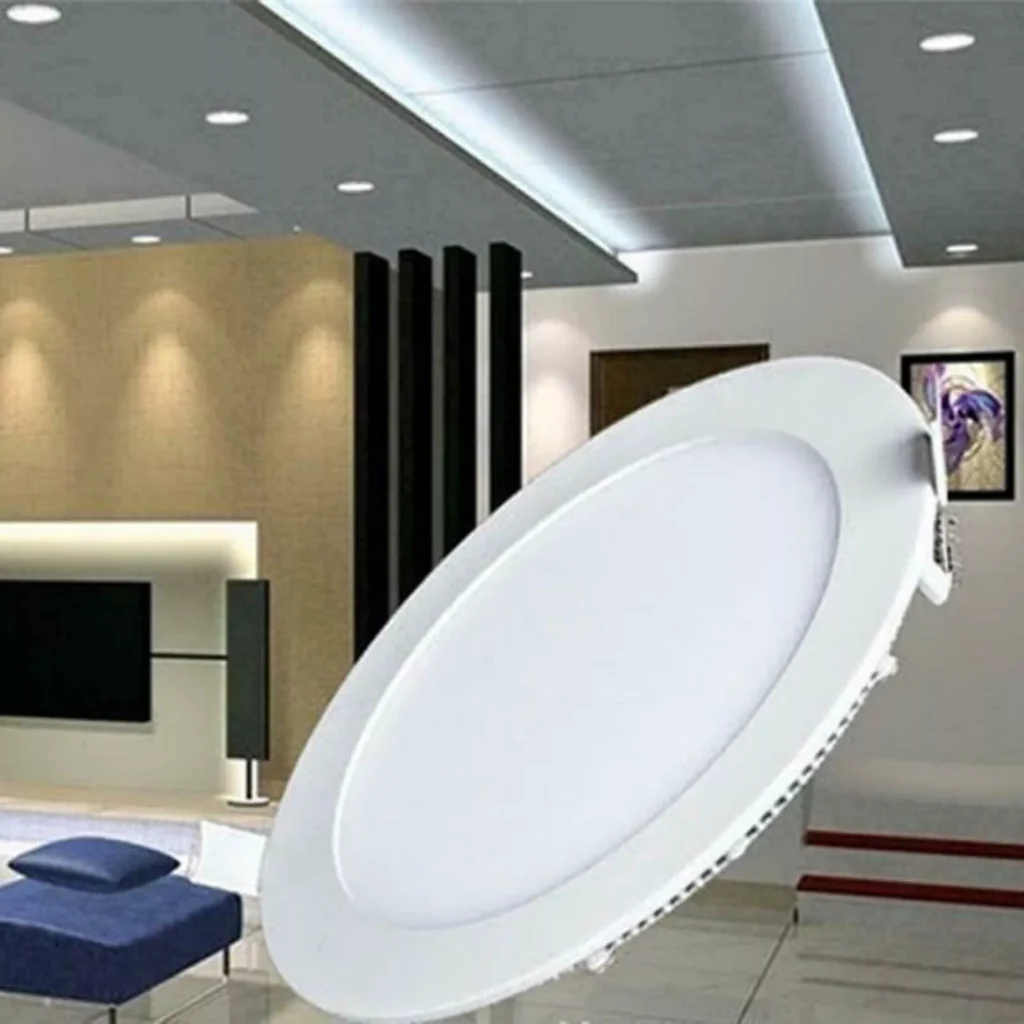
Downlight wattage selection:
The choice of downlight wattage can refer to the floor height. If the floor height is about 3 meters, you can choose about 3w. When using a design without a main light, you can also choose downlights with 5w or more power.
If you are using a main light design, you can choose 3w or 1w. For a floor height of about 3.5 meters, you can choose a power supply of about 6W, and for a higher floor height, you can choose a power supply of 8W or more.
Factors such as area, floor height, light efficiency of downlights, and personal preferences need to be consider-ed. These are rough references, unlike classrooms, libraries and other places that have relevant standards for illumination. After all, they are places where individuals rest and live. They are recommended for reference only. You must feel comfortable.
For color temperature, you can generally choose a color temperature of about 4000-5000k for a living room. Since the application scenarios in the living room are changeable, it is best to choose an adjustable color temperature.
In addition, choosing downlight since there are relatively many downlights use-d, attention should be paid to the consistency of the color temperature. The color temperature is inconsistent. If so, it doesn’t feel good. Try to choose products of the same brand and batch.

Glare refers to the discomfort of human eyes caused by strong light contrast. Try to be glare-free. The generation of glare is mainly related to the optical design of the lamp, the installation angle, the human visual angle, etc. If used as basic lighting, try to choose deeply anti-glare downlights.
Anti-blue light, too much blue light will cause some damage to the eyes, but there is no need to worry too much, because the light we see generally contains blue light, as long as there is not too much blue light. The country has relevant standards. As long as it meets the anti-blue light level, such as RG0, you can use it with confidence.
There is no video flicker. Nowadays, products from regular manufacturers basically do not have flicker problems.
Color rendering index, the higher the color rendering index, the better the color reproduction effect, generally above 80 for downlights.
Downlights should be install-ed at least 30 to 50cm away from the wall to avoid abrupt light spots and glare. In addition, long-term exposure will also cause the walls to turn yellow, affecting their appearance. If it is close to the wall, try to choose a downlight with a narrow beam angle. The light spots between downlights should have a natural transition, and the distance between downlights should be about 1 to 2 meters.
The light shape of the downlight. The light shape of the downlight is commonly know-n as the spot. The light intensity is obvious in the center and the transition is soft to the periphery. It is a better form of spot.
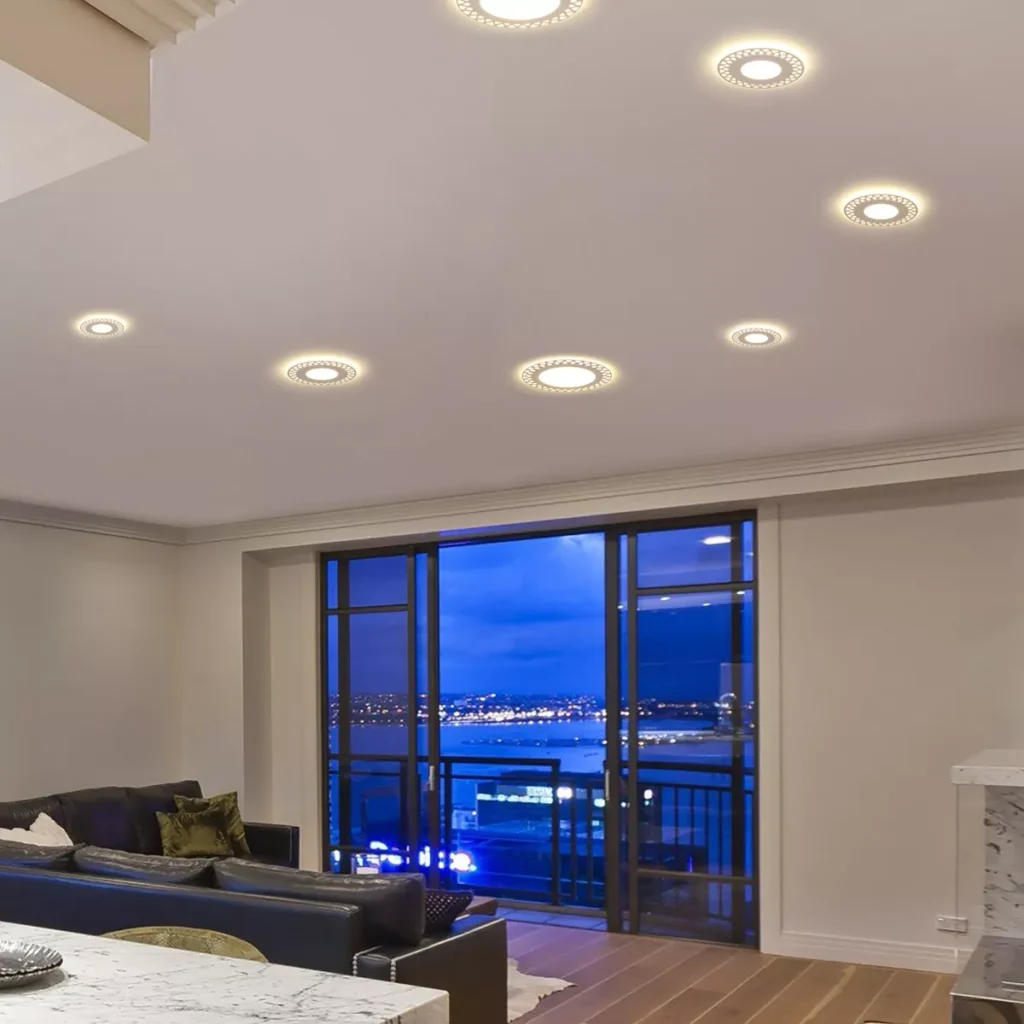
Depends on whether the installation method is embedd-ed or surface-mounted
The size of the choosing downlight is the general situation.
The common ones are 2.5 inches, the opening diameter is 75-80mm, the power is usually 3w-5w, and the most common ones are home decoration lighting.
- 3 inches, opening diameter 90-95mm, power 5w-7w
- 3.5 inches, opening diameter 100mm, power 7w-9w
- 4 inches, opening diameter 110-120mm, power 9w-12w
- 5 inches, opening diameter 140-150mm, power 12w-15w
- 6 inches, opening diameter 150-160mm, power 16W-18w




